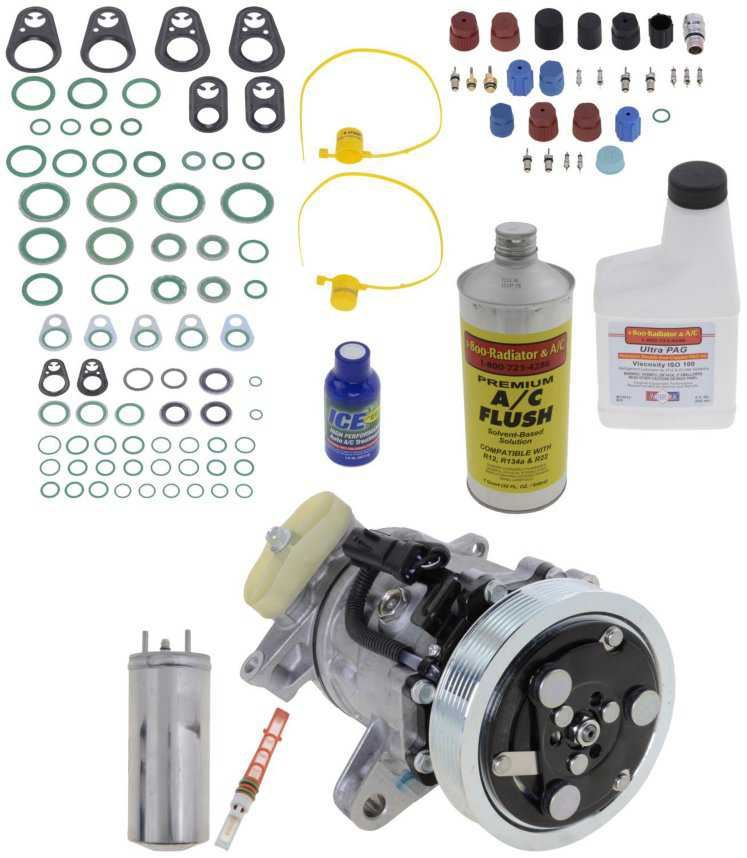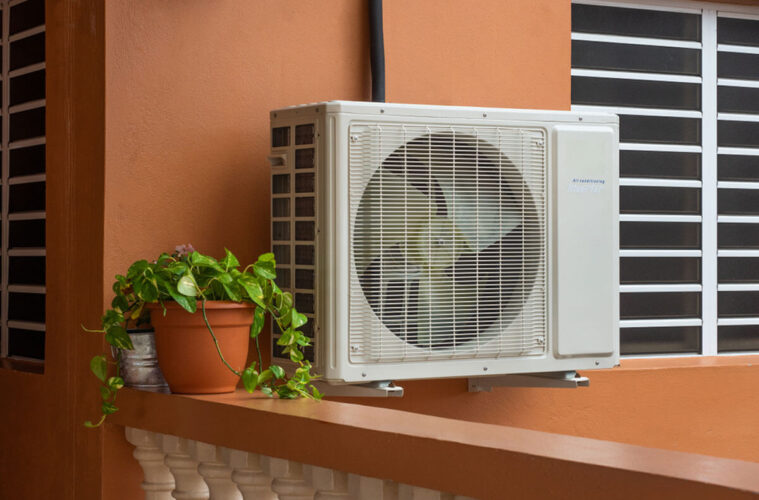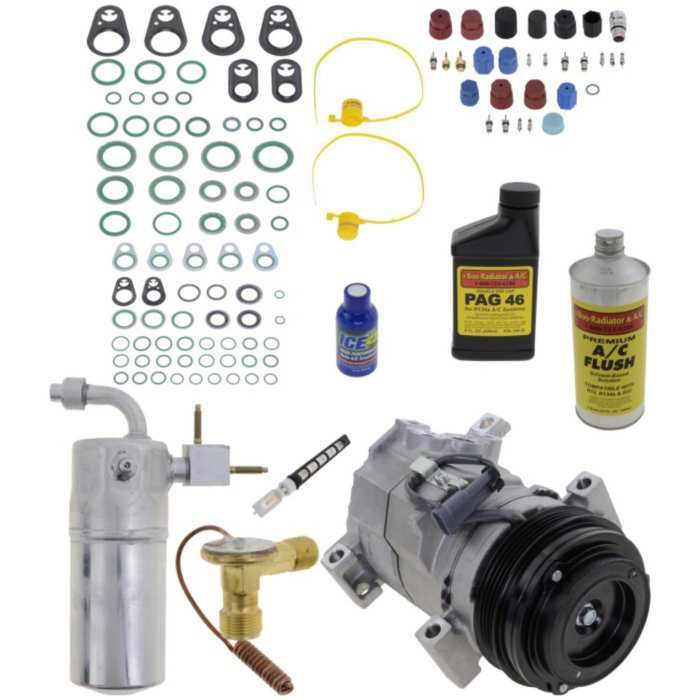
Solution: Excessive suction pressure and low discharge pressure prevent proper circulation of refrigerant. Symptom: Inadequate cooling and/or short cycles because pressurization is too high or low. Repairing and recharging the system requires a refrigerant handling license. Troubleshooting AC compressor leaks is difficult without training and the right equipment. A leak is the most common cause of this issue.

Solution: If you’ve already checked the filter and evaporator coil, then the system might not have sufficient refrigerant charge. Symptom: The unit isn’t cooling sufficiently. Then, the compressor or entire condensing unit will need replacing. Also, if not protected by fuse or circuit, the compressor will soon burn out or lock up. If the problem is that a fuse or circuit is being tripped, then repair is possible. If replacing the capacitator doesn’t help, the compressor motor is probably wearing out. Replacing it is one of the simpler AC compressor repair issues. Solution: The most common cause of this issues is a failed start capacitor. Symptom: The compressor won’t start or stops shortly after starting. Moreover, installing one can delay the need to replace the unit for several years. These devices are helpful when an aging capacitor needs a boost. If you’ve ruled out those causes, adding a hard-start capacitator that gives the compressor additional torque to get started might work. Internal fuses and faulty wiring are the most common causes of hard starting. Solution: Known as hard starting and short cycling, this problem prohibits adequate cooling and will quickly ruin the compressor. Symptom: The AC turns on and off frequently. Here are common AC compressor problems and what causes them. Troubleshooting AC Compressor Problems in 5 Steps If there’s continuity and no obvious wiring issues, then troubleshooting AC compressor issues is the next step. While checking continuity, look for obvious signs of loose, broken, chewed or burned wiring. Check for continuity between C & R, C & S and R & S.
#AC COMPRESSOR REPAIR HOME HOW TO#
If you have a multimeter and know how to use it, locate the C, R and S terminals. Troubleshooting AC compressor wiring requires one. The main tool used to check AC condenser components is an electric multimeter. A condenser fan motor that is locked up will prevent the compressor from starting. Check to see if the condenser fan at the top of the condensing unit starts. Condenser fan: With the power on, set the thermostat to AC with a set point below the home’s indoor temperature.

Turn off the AC, and run the system in fan-only mode until the ice melts. Iced up indoor coil: If the indoor coil is dirty, it will eventually stop the transfer of heat and cause the unit to freeze up.Furnace/air handler filter: A heavily clogged filter can prevent the airflow enough for adequate cooling.A circuit that continues to trip indicates a wire or compressor problem.



 0 kommentar(er)
0 kommentar(er)
